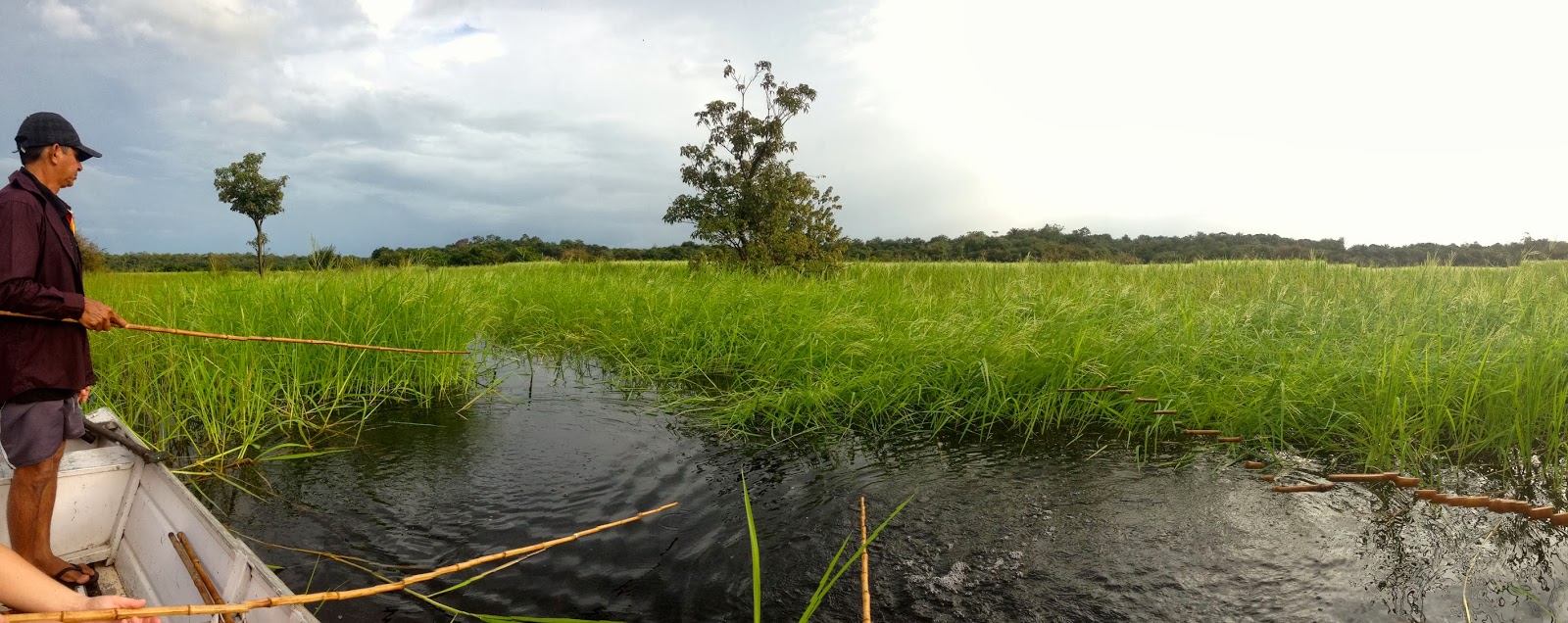The owner & winemaker at Howling Bluff is always an engaging fellow with whom to do a tasting. His wines must be largely snapped up by restauranteurs and in-the-know oenophiles, because it's easy to miss this tiny tasting room along Naramata Bench. We've previously picked up the Summa Quies ("Striving for Perfection") white blend, but his Sauvignon Blanc ($19) is probably his most well known. And this year he HATES it. Due to a late night fermentation tank valve mishap, the yeast died early, leaving quite a bit of residual sugar in the wine. He dislikes it so much he cancelled all the restaurant preorders, but I like it a lot! If you like off-dry, this is an otherwise perfect affordable wine with a bit of a fruity mineral nose, a tropical palate and a slightly lingering finish. Very versatile, it's easier to list what this wine would NOT go well with: olives, artichokes, asparagus.
From Part 2 of this series, you'll know that I've got a penchant for Gewurztraminers from the Okanagan. In this entry, the listed Gewurzs are still off-dry, but have more complexity. This can be tough to achieve. Only this year did I realize how much it depends not just on the estate's terroir, but also the winemaker. Down the South shore of Kelowna, St. Hubertus used to be a perennial favorite of ours for sippable whites. The 2012 and 2013 vintages remained off-dry, but did not appeal to us at all. My wife dogged them until we got a satisfactory answer: they had a different winemaker for those years. For 2014 they have switched to yet another winemaker, so I'll report back in 2015.
Just down the road from St. Hubertus is Cedar Creek, which did not disappoint. Their 2013 Gewurz ($18) has the trifecta of high alcohol, low acid, and residual sugar. I know because this is one of those places where they list the chemical specs for the wines on the tasting menu :-) They achieved the trifecta by picking the fruit quite late in the season. Complexity in this wine come from a slow twelve hour pressing of the grapes, allowing the skins to impart extra aromas. A nice floral nose, with lychee predominating on the palate, and a clean finish. A good wine to complement a cheese plate. Wild Goose's 2013 Gewurz ($19) has a similar profile, despite the label saying "dry style" on it. The Wild Goose has a distinct spiciness though, and tingles slightly on the tongue. This would go nicely with some spicy Asian small plates.
Volcanic Hills in West Kelowna may not compete with the WK big boys like Mission Hill and Quail's Gate for estate esthetics, but they do have a very large tasting room and their prices are more reasonable. Their 2012 Gewurz ($16) is fairly light for an off-dry, with stone fruit on the palate and a citrusy finish. I'm thinking a light but creamy and salty companion for this one... who's ready to make some risotto balls?!
The final Gewurz in this post is from a small upstart winery in on the Naramata Bench, called Mocojo. I'm not sure they even have a road sign yet! The 2013 Gewurz ($18) is the winery's first vintage, though the grapes have been growing here for 20 years. The prototypical spice and lychee are blunted a bit compared to other picks on this list, but its 14% alcohol and residual sugar play off the acid minerality nicely. I can see this going well with salty and gamey bites such as goat cheese canopes.
Down the road in Naramata is a winery with a road sign, but it isn't on most wine maps. Ruby Blues always has a stellar line-up of wines, and the 2013 Pinot Gris ($20) is off-dry with peach and apricot on the palate, and enough acid for a nice clean finish. Ruby Blues eschews all of the formal winery organizations, and the owner set up shop right across the street from Red Rooster, where she used to be their winemaker. To honour this healthy disregard for convention, I'd pair this with some jamon iberico... in croquetas if you want to stretch your hammy dollar.
Finally, Oliver Twist's 2012 French Embrace ($19) is a blend that includes the unusual Kerner grape. It's the closest to a dry wine on this list, but bursts with tropical fruit and has a lingering dull mineral finish. I think this would go nicely with some gravlax and creme fraiche.
Well, that's it for now wine lovers! Stay tuned for more, including the last instalment of whites from the Okanagan: whites for sit down meals.
















.JPG)













